Written by Robert Browman / MediaStorm
Once teetering on the brink of extinction, the Santa Catalina Island Fox has made a dramatic recovery.
Its resurgence marks one of the greatest conservation success stories in United States history.
The fox, a unique subspecies of the island fox (urocyon littoralis catalinae), can only be found on Catalina Island and is one of the smallest fox species in the country, typically weighing only 4 to 6 pounds.
In the late 1990s, a unique strain of canine distemper introduced from the mainland by a stowaway raccoon rapidly swept over the island.
The virus decimated the island’s fox population, killing an estimated 1,200 in a single year, leaving less than 100 individuals in 1999.
The outbreak was especially severe because the foxes evolved in isolation making them vulnerable to the threat of disease, according to Katie Elder, wildlife conservation manager for the Catalina Island Conservancy.
“They don't have exposure to a lot of diseases that would be circulating on the mainland,” Elder said. “They don't have the immune system to fight diseases.”
Becky Rudy, conservation operations biologist for the Catalina Island Conservancy, said the fox’s nature also contributed to the depth of the outbreak.
“Foxes are very communal,” she said. “When you have a very close community, disease can spread very quickly.”
The U.S. Fish and Wildlife Service officially designated the Catalina Island fox as an endangered species in March of 2004, along with foxes from three neighboring Channel Islands under threat from different causes.
Extended Interviews
The subjects in this playlist represent a spectrum of voices working on scientific and conservation efforts related to the Catalina Island Fox and related environmental efforts on the island.
Crisis Response
When the outbreak was discovered, the Institute for Wildlife Studies initiated an intensive emergency recovery program in partnership with the Catalina Island Conservancy.
The team’s response included a captive breeding program and a large-scale vaccination campaign to protect the few remaining foxes.
“One of the major challenges that came up is what kind of distemper vaccine to give the foxes,” Dr. Lauren Dennhardt, Ph.D., senior director of conservation for the Catalina Island Conservancy, said.
In a rush to find a solution, distemper vaccines developed for domestic dogs were initially considered, but ultimately deemed too risky for the endangered foxes, leaving scientists scrambling for a safer alternative.
“Luckily they were able to find this preexisting vaccine for a canine distemper that was designed for ferrets that worked on our foxes,” Rudy said. “They were able to give those foxes the immune response that they were missing to help them combat this disease.”
As conservationists planned their repopulation efforts, they were able to leverage the unique geography of Catalina, which narrows to half of a mile at one point, dividing the east and west sides of the island.
“All of the east end of the island population was pretty much gone,” Rudy said. “They were able to capture the majority of the foxes that were left out on the west end and start a captive breeding program.“
Scientists eventually released the foxes born in captivity out into the wild on the east side of the island.
By all accounts, the measures exceeded expectations, and the number of foxes on the island began to increase.
“Now we're luckily in a period where the foxes are stable, they're doing really well,” Elder said. “Their population is really what we would call carrying capacity, like what the island can sustain.”
Maintenance Phase
As the wild population continued to grow steadily, the captive breeding program was phased out.
By 2014, the fox population on Catalina Island had surpassed pre-crash numbers, reaching more than 1,850.
“We're in a maintenance era,” Rudy said. “Hopefully, that's where it'll stay, because a maintenance program is so much easier than a recovery program.”
The U.S. Fish and Wildlife Service recognized their successful return in 2016 by reclassifying the Catalina Island fox’s status from "endangered" to "threatened" under the Endangered Species Act.
The agency noted it was part of the fastest recovery of a mammal in U.S. history, along with the foxes from neighboring islands.
Despite this, the foxes continue to face threats from vehicle collisions and potential disease outbreaks.
“We don't want to get too comfortable because you never know what the next threat could be and how quickly it could impact the foxes,” Edler said.
The Catalina Island Conservancy team continues to monitor the fox population annually by safely capturing individuals to fit them with GPS collars, allowing researchers to spot check their location and better understand their behavior.
Dennhardt said the team continues to vaccinate a large part of the fox population, including 333 in 2024.
“We leave about 40 to 70 unvaccinated with collars. These serve as indicator foxes,” she said. “If there's a new disease entered into the population, we can detect it early, find out what it is and respond to it.”
Power of Conservation
A few decades ago, without the intervention of conservationists, the Catalina Island fox appeared destined to disappear from the planet.
Today, visitors to Catalina Island are likely to witness one of the thousands of foxes living in the wild.
“It's a very charismatic animal. They bark, they growl. It's pretty common if you go out onto the landscape, like in the canyons, you'll hear them calling to one another,” Rudy said. “They're just inherently fun to see.”
The success of this recovery effort provides hope not just for a single, unique species of island fox, but serves as a powerful reminder of the role collaborative conservation can play in an increasingly threatened environment.
Dennhardt believes that if scientists have the ability to solve a problem that humans created, it’s our moral responsibility to do so.
She points to the Catalina Island fox recovery as proof that bold, collaborative action can lead to positive impacts on the environment.
“When scientists are against a wall, they respond quickly. A lot of great biologists moved fast, and the fox is thriving today because of it,” Dennhardt said. “Extinction is forever, but we can prevent it and actually create more biodiverse and resilient ecosystems for the future.”
How to Help
Related Links
Research Sources
- Biodiversity Atlas: Santa Catalina Island Fox
- Time: These Foxes Faced Extinction. Now, They’re Making an Amazing Comeback
- Mongabay: Recovery of Island foxes a ‘historic success’; officials recommend removing them from endangered species list
- Wikipedia: Catalina Island
- CIC: Island Scientists Talk Foxes
- FWS: Final Rule: Reclassification of Island Fox Subspecies
- CIC: Fox vs. Island: Surviving Against the Odds
- Friends of the Island Fox: Celebrating the Successful Recovery of the Island Fox
- Fish & Wildlife: Interior Announces Fastest Successful Recovery of an Endangered Species Act-Listed Mammal; Three Island Fox Subspecies Now Fully Delisted
- A Catalina Fox Tale: Overcoming Near Extinction
- Center for Biological Diversity: Feds Say California's Endangered Channel Islands Foxes Are Recovered
- Foxes on Catalina Island: The Ultimate Come-Back Story
- Federal Register: Reclassifying the Santa Catalina Island Fox From Endangered to Threatened
- U.S. Fish and Wildlife Service: Interior Announces Fastest Successful Recovery of an Endangered Species Act-Listed Mammal
Credits
Special thanks to the Catalina Island Conservancy:
- Whitney Latorre, President and CEO
- Kirsten Peterson Johansen, Chief of External Affairs
- Pepe Barton, Director of Communications
Featuring:
- Dr. Lauren Dennhardt, Senior Director of Conservation
- Katie Elder, Wildlife Conservation Manager
- Becky Rudy, Conservation Operations Biologist
- Aaron Kreisberg, Invasive Plant Program Manager
- Kevin Alison, Native Plant Manager
The mission of the Catalina Island Conservancy is to be an exemplary steward of Island resources through a balance of conservation, education, and recreation.
The Conservancy’s vision is for a beautifully functioning Island ecosystem for all to enjoy.
Just off the densely populated Southern California coast, Catalina Island is home to approximately 4,000 year-round residents and more than 60 endemic species of plants and animals found nowhere else on Earth.
The Catalina Island Conservancy protects 88 percent of Catalina Island’s approximately 48,000 acres, including the region’s longest publicly accessible undeveloped coastline.
For the gala event we produced a shorter event cut of the film.
Feedback from the client:
"Brian Storm and the entire MediaStorm team were outstanding collaborators.
From the beginning, they demonstrated a deep understanding of the story we set out to tell, centered on the remarkable comeback of the Catalina Island fox and our ongoing conservation efforts to protect the species.
They captured not just the facts, but the heart of the Island and the dedication of the scientists behind the work.
The final piece was emotionally powerful, visually striking and deeply authentic.
The video became a highlight of our fundraising event, sparking meaningful connections and driving critical support for the work ahead."
Pepe Barton -- Director of Communications, Catalina Island Conservancy
MediaStorm Project Showcase
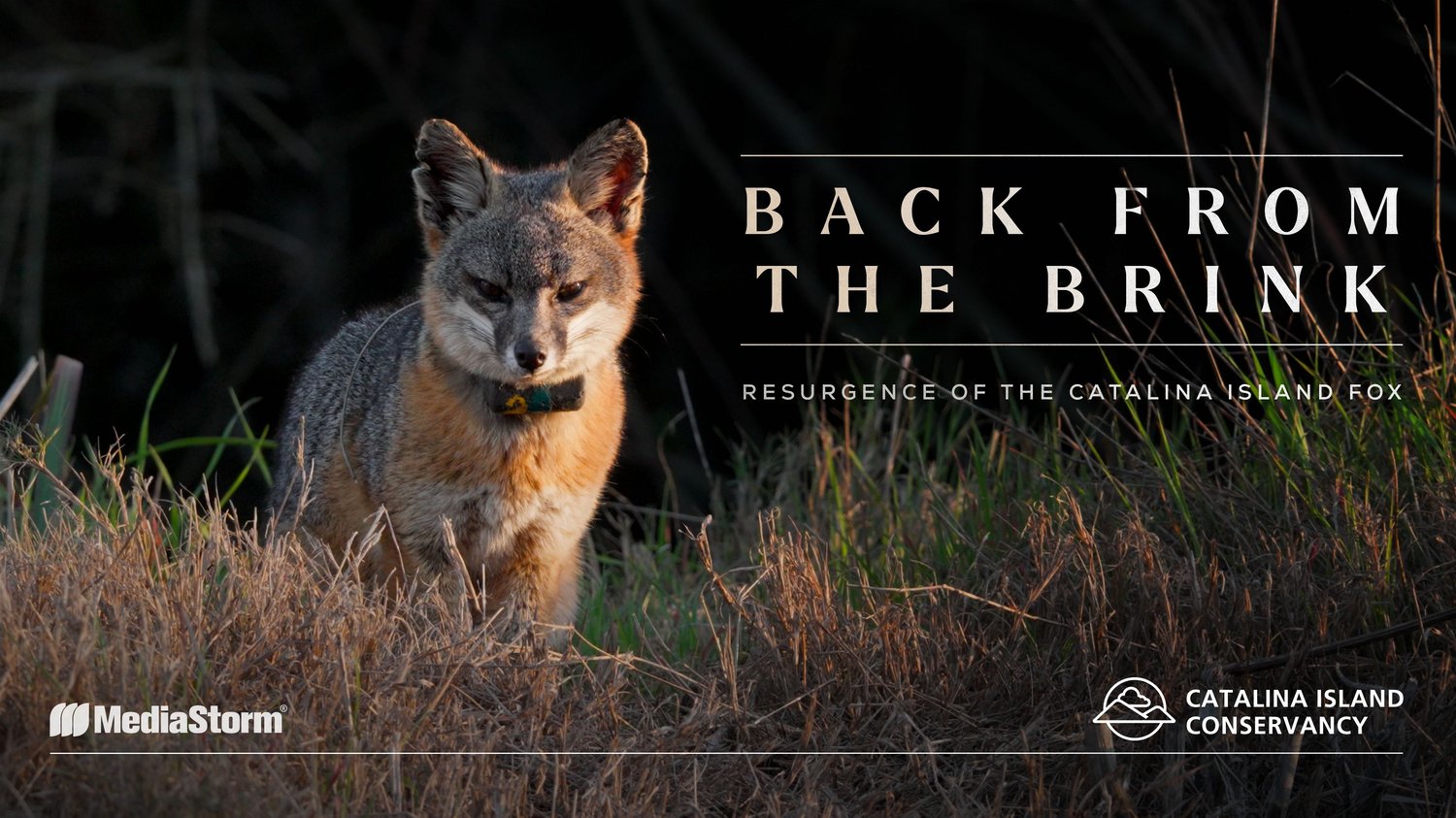
Once teetering on the brink of extinction, the Santa Catalina Island Fox made a dramatic recovery. Its resurgence marks one of the greatest conservation success stories in United States history.

In the shadow of Silicon Valley’s booming technology industry, a growing number of people remain out in the cold. Skyrocketing housing prices in America’s hub of innovation have pushed many onto the streets, straining policymakers to find solutions to a homelessness problem that impacts everyone in the community.
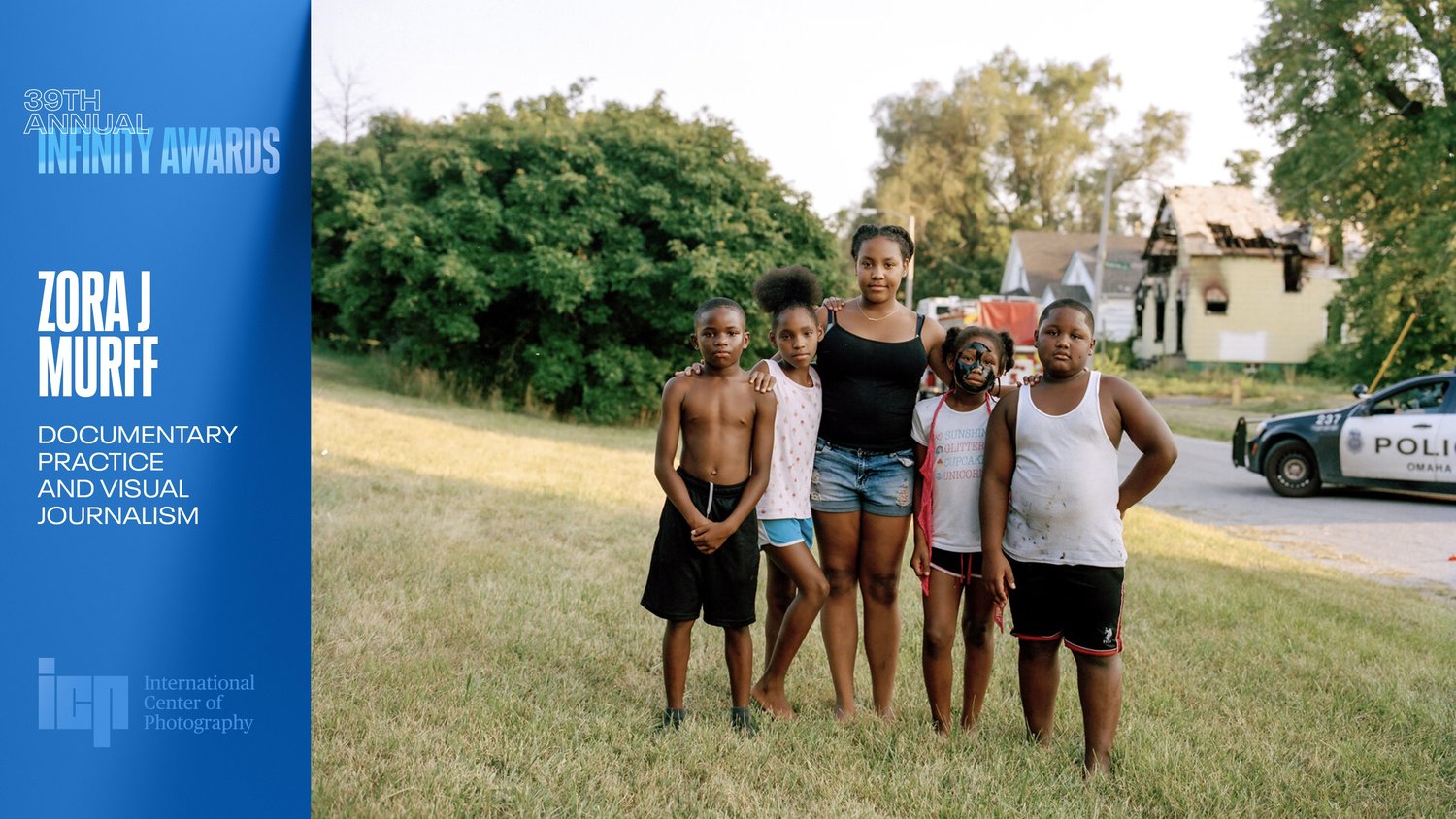
This page recognizing Zora J Murff for ICP’s 2023 Infinity Award for Documentary Practice and Visual Journalism features a film about his life, a slideshow of his projects and extra clips of his thoughts about his work and motivation.
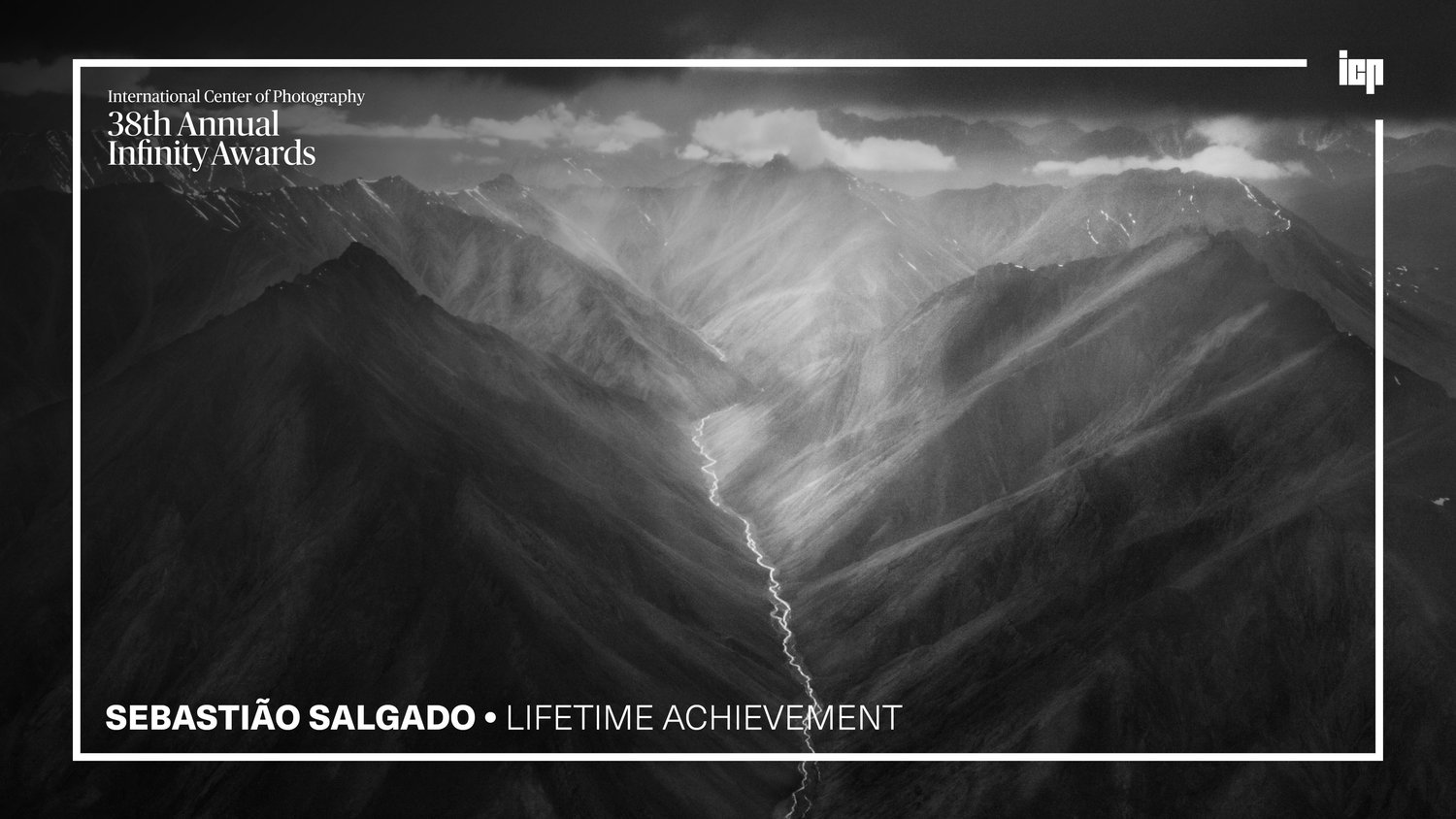
Sebastião Salgado says "a good picture, a fantastic picture, you do in a fraction of a second, but to arrive to do this picture, you must put your life in there."
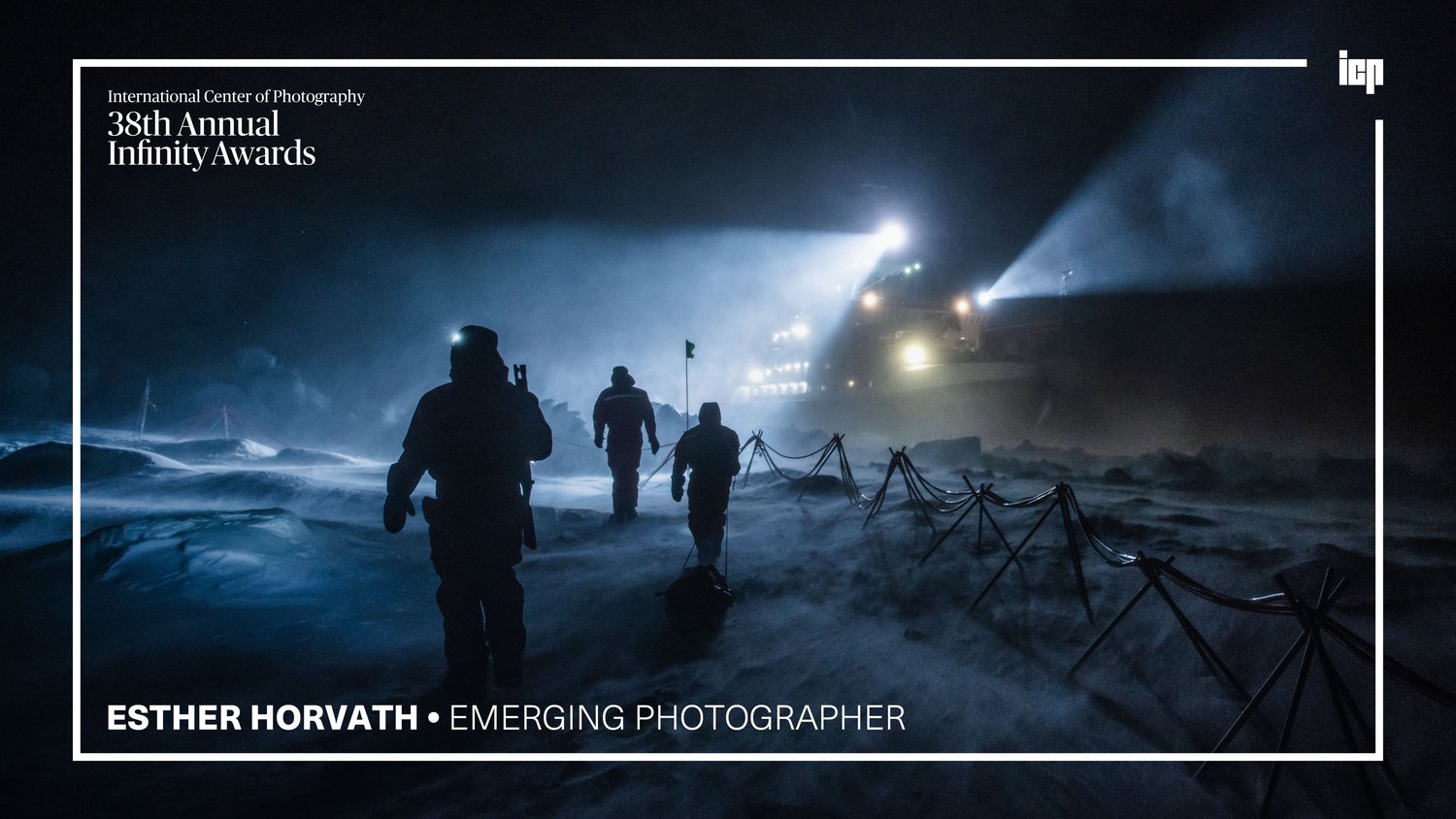
Esther Horvath has sent questions to the universe and she has received answers. She found her calling to tell visual stories that show the full research story behind our climate data.
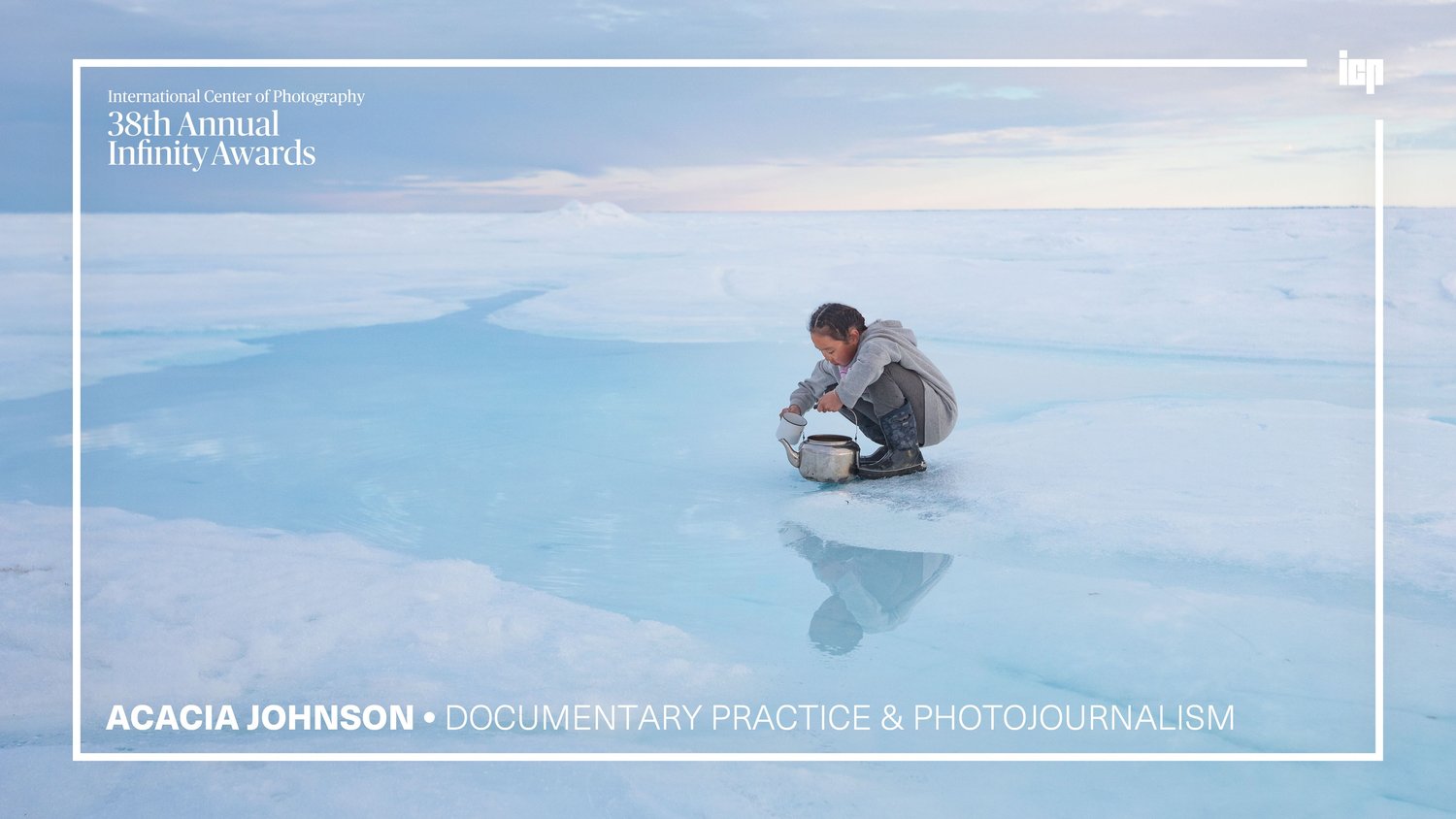
See photographer Acacia Johnson’s growth from her earliest explorations of Alaskan landscapes to a National Geographic cover for a documentary project among indigenous people of the Arctic.

Sir Don McCullin never intended to become a photographer. He found it hard to believe he’d ever escape the poverty of North London. But a spur of the moment photograph launched McCullin into a career spanning 50 years in photography.
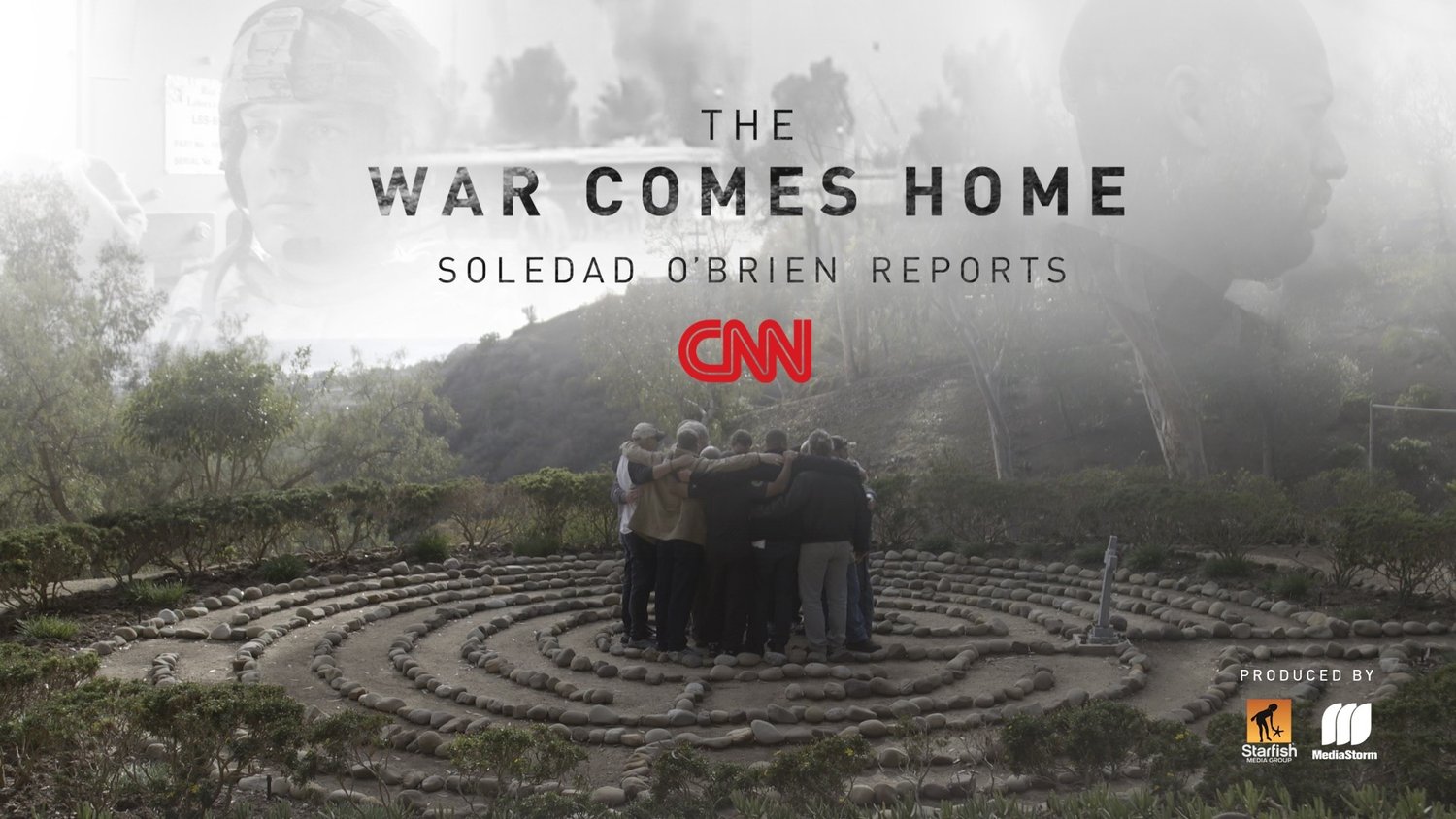
As the U.S. prepares for the final drawdown of soldiers from the conflicts in Iraq and Afghanistan, Soledad O’Brien and MediaStorm take an intimate look at two veterans as they struggle with the transition from war to home.

Writer Zadie Smith pays homage to photographer Deana Lawson in the artist’s first Monograph for Aperture.
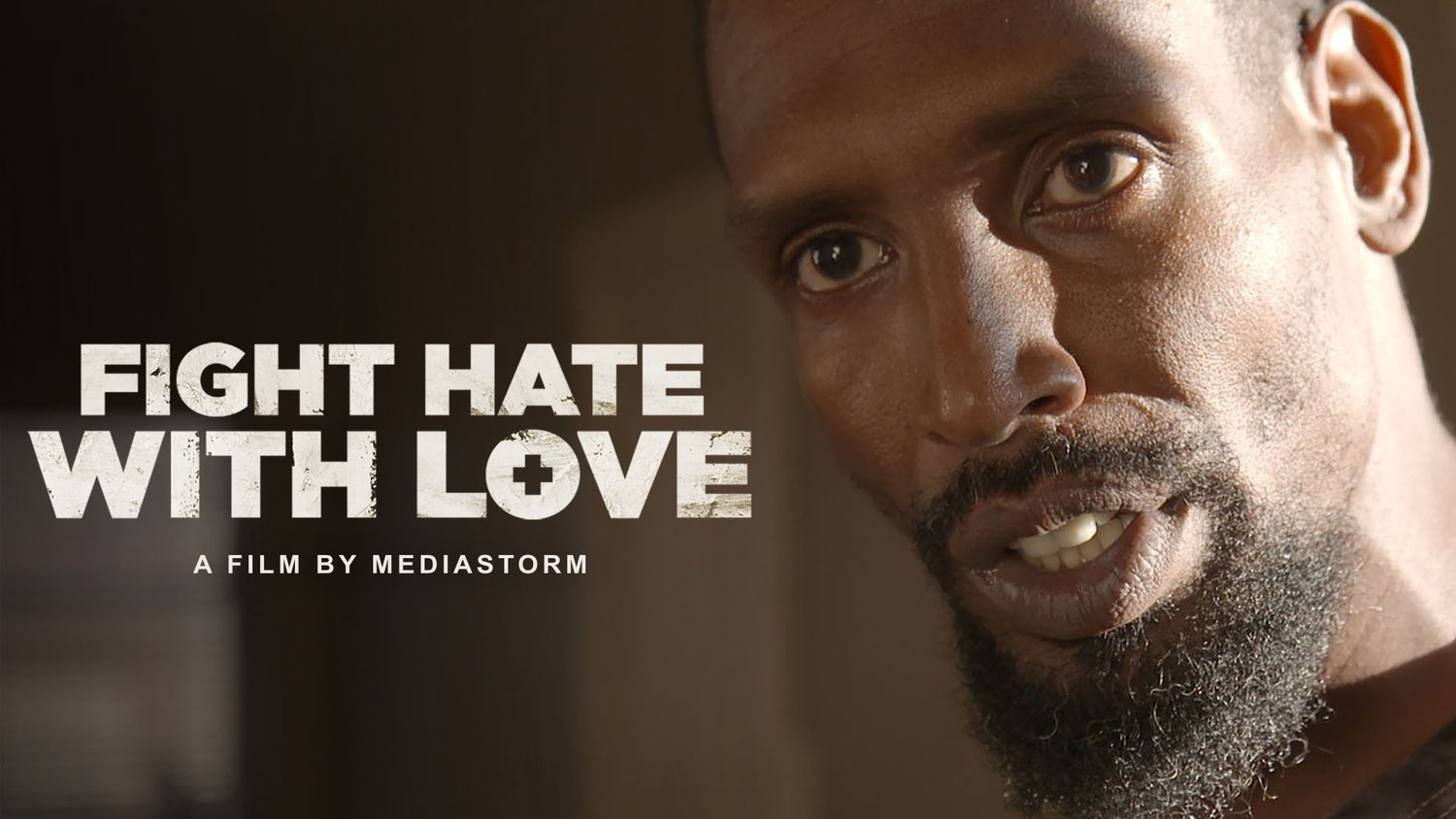
As a formerly incarcerated person, Michael struggled for work, and found purpose in being a husband, father, and activist. But 7 years since his release from prison, the cost of Michael’s activism is evident.

Benny is a “certified” garbologist. He collects what others throw away. Benny is also at war with his family. Here is a man sharing a house with his wife but living as a stranger. This is a household on the edge.

Photographer Amber Bracken recognized something deeper than a protest was afoot when hundreds of tribes gathered at the Standing Rock reservation in opposition to the Dakota Access Pipeline.
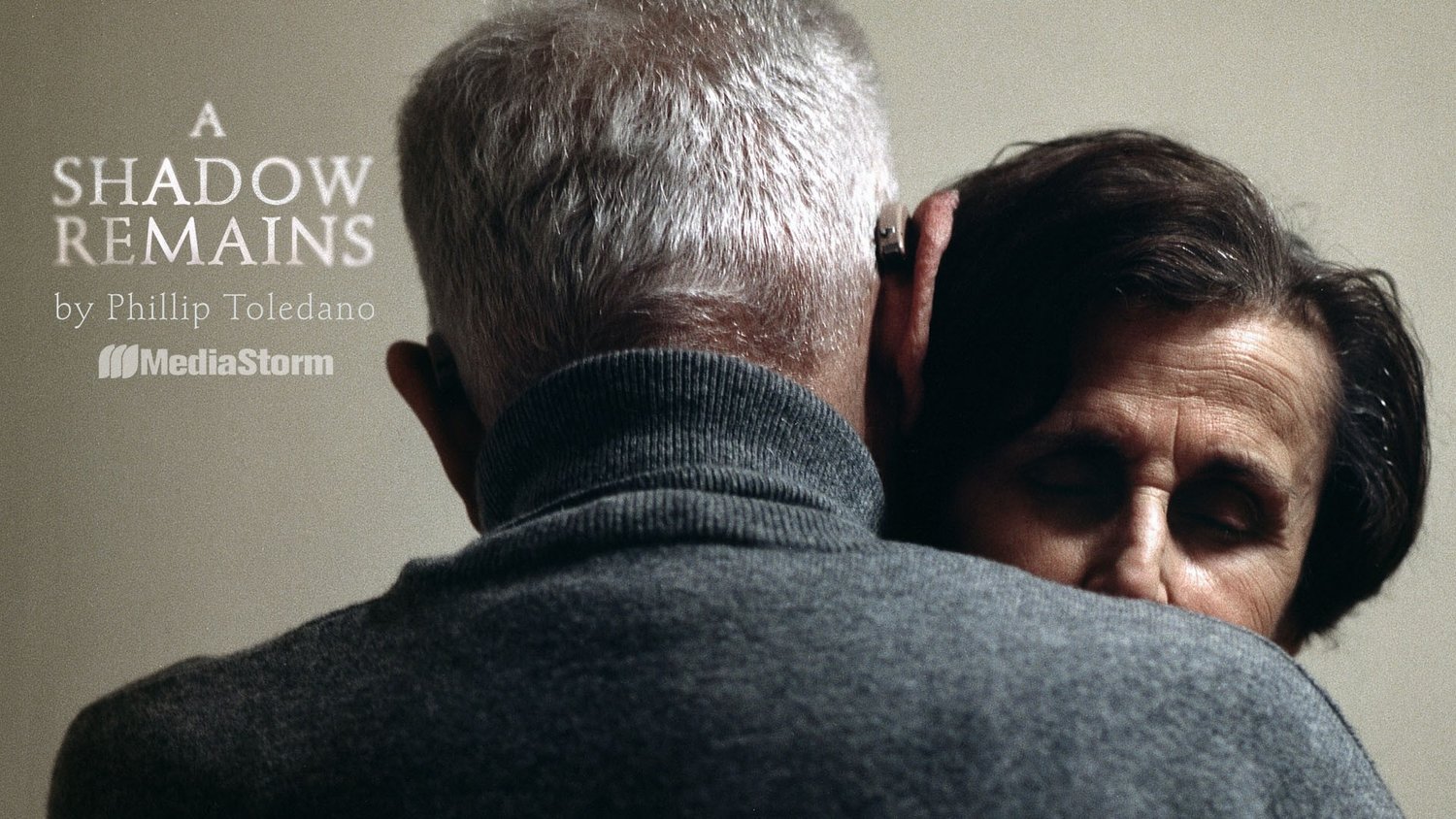
How does the death of a child change a parent? How does the death of a parent change a child? How do these moments change us as we develop and grow further away from who we were as children?

Maurice Berger–cultural historian, and columnist for the New York Times’ Race Stories–has spent his career studying and teaching racial literacy through visual literacy.

Japan’s Disposable Workers examines the country’s employment crisis: from suicide caused by overworking, to temporary workers forced by economics to live in internet cafes, and the elderly who wander a town in search of shelter and food.

Karl Ove Knausgaard is the celebrated author of a massive six-volume autobiography. But Knausgaard remains confused by the attention. This is a portrait of a man who has achieved massive success yet still considers himself unworthy.

Michael Thomasson has devoted his life to video games. It’s been his passion and his obsession for more than three decades. He owns over 11,000 unique game titles for more than 100 different systems.

A film about Michael Christopher Brown for the 2017 ICP Infinity Awards.

The Long Night, a feature film by Tim Matsui and MediaStorm, gives voice and meaning to the crisis of minors who are forced and coerced into the American sex trade.
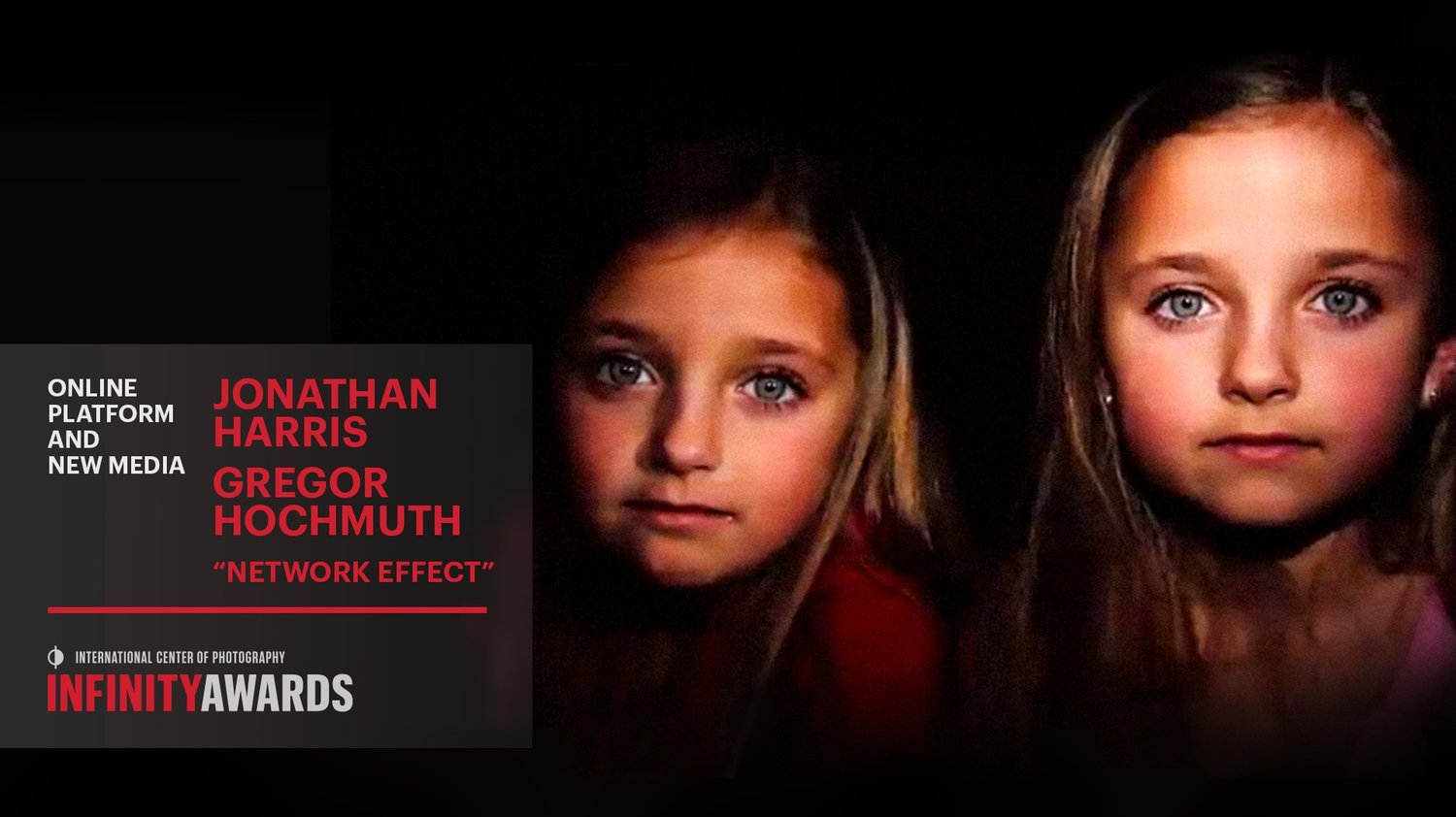
Jonathan Harris and Greg Hochmuth have a complicated relationship with the internet and have worked together to develop an artwork that explored some of the more difficult consequences of what it means to live with the internet.
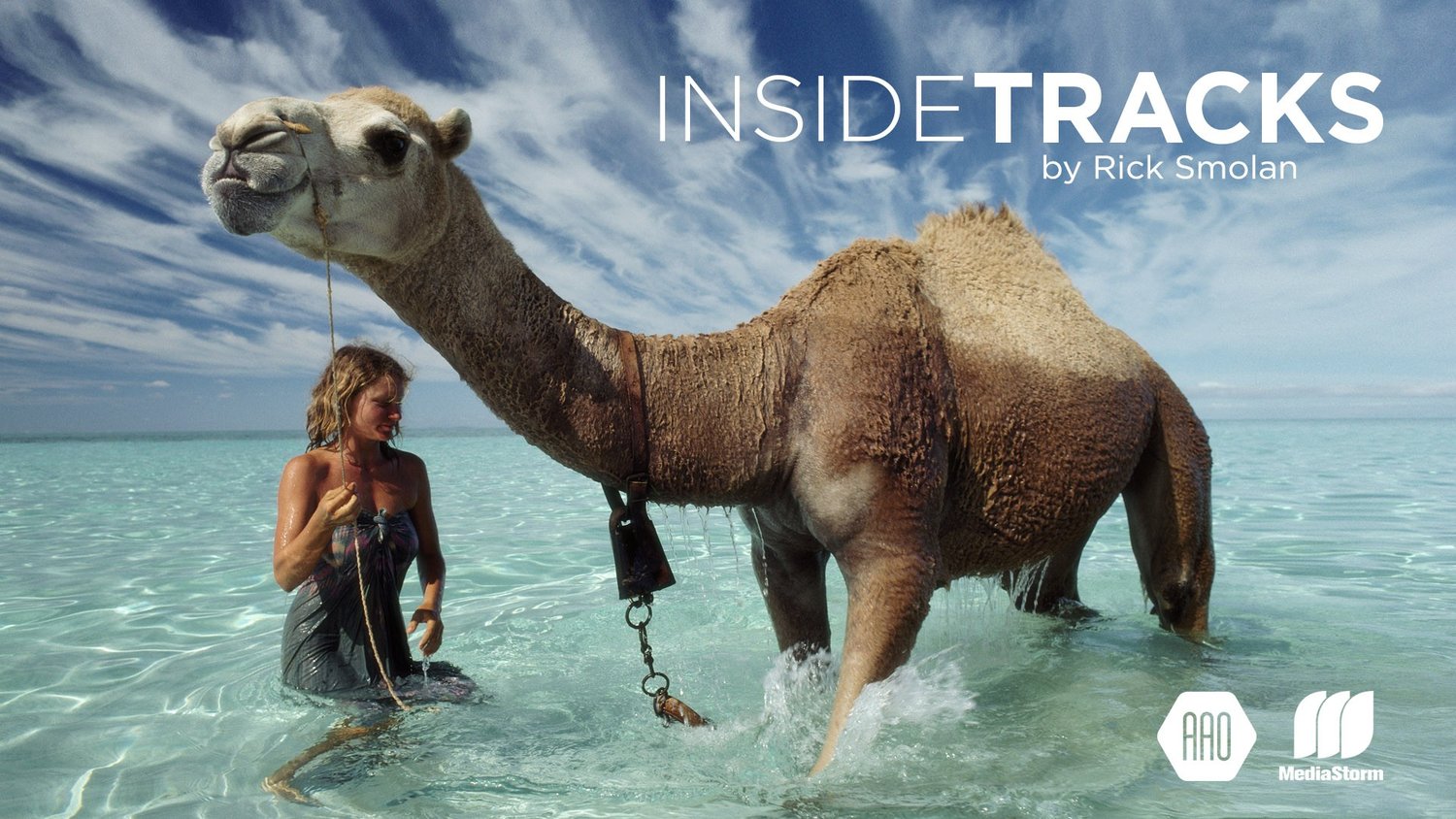
In 1977, Robyn Davidson walked 1,700 miles across the Australian outback. National Geographic sent Rick Smolan to photograph her perilous journey—a trek that tested and transformed them, forming an immutable bond that continues to this day.

Once at the center of the U.S. economy, the family farm now drifts at its edges. In Iowa, old-time farmers try to hang on to their way of life, while their young push out to find their futures elsewhere. Driftless tells their stories.

The American family farm gives way to a subdivision - a critical cultural shift across the U.S. Common Ground is a 27-year document of this transition, through the Cagwins and the Grabenhofers, two families who love the same plot of land.

For Walter Backerman, seltzer is more than a drink. It’s the embodiment of his family. As a third generation seltzer man, he follows the same route as his grandfather. But after 90 years of business, Walter may be the last seltzer man.

Larry Fink has spent over 40 years photographing jazz musicians, wealthy manhattanites, his neighbors, fashion models, and the celebrity elite. His archive is a thoughtful collection of American history, and Fink’s experience of it.

LaToya Ruby Frazier’s body of work “The Notion of Family” examines the impact of the steel industry and the health care system on the community and her family. Collaborating with her mother and grandmother, she uses her family as a lens to view the past, present and future of the town.

Tomas Van Houtryve wants there to be a permanent visual record of the dawn of the drone age, the period in American history when America started outsourcing their military to flying robots. In order to create this record, Van Houtryve sent his own drone into American skies.
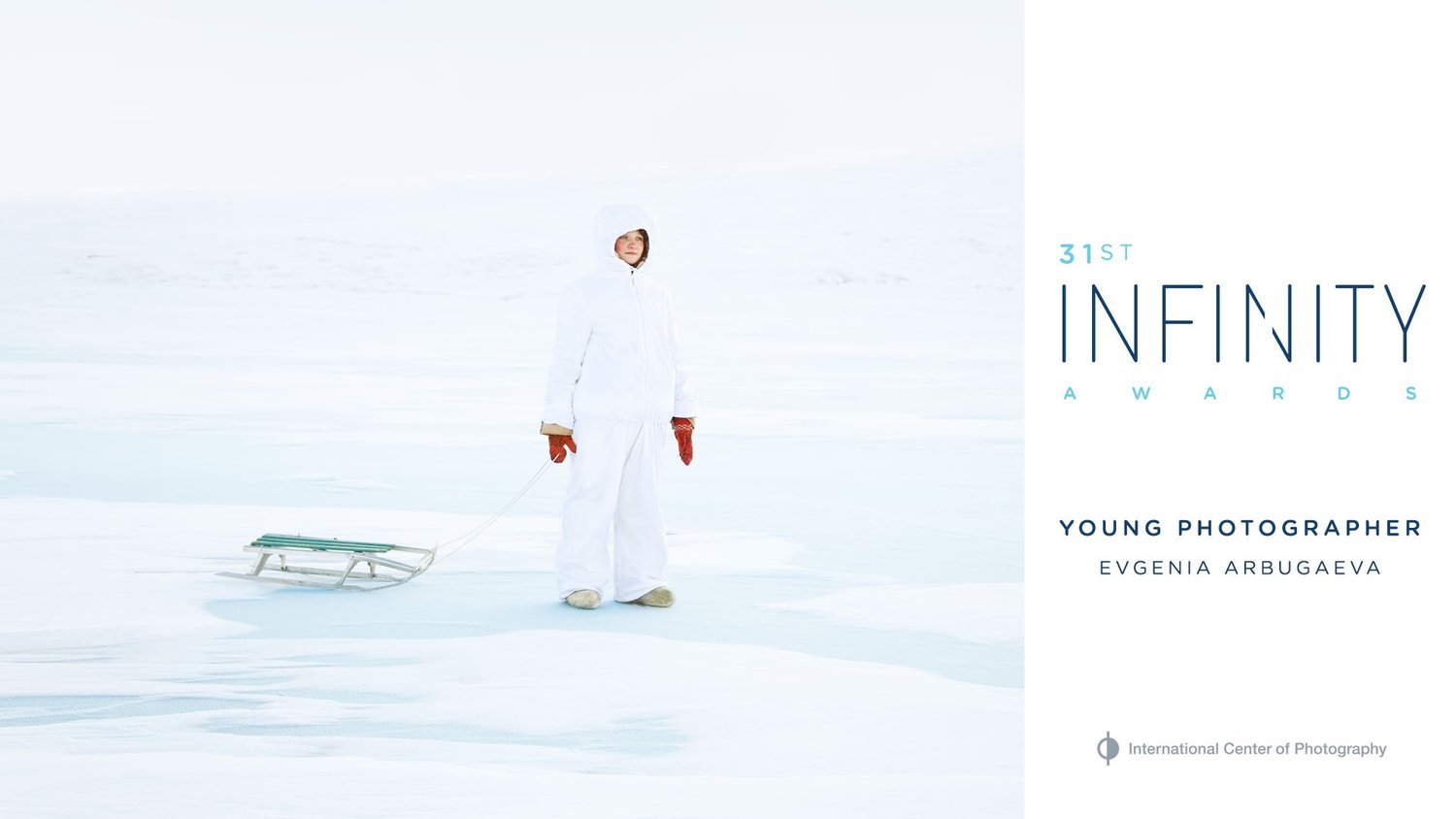
Evgenia Arbugaeva was born in the magical town of Tiksi, Russia. This barren, arctic landscape influenced Arbugaeva in almost every aspect of her dreamlike photography.
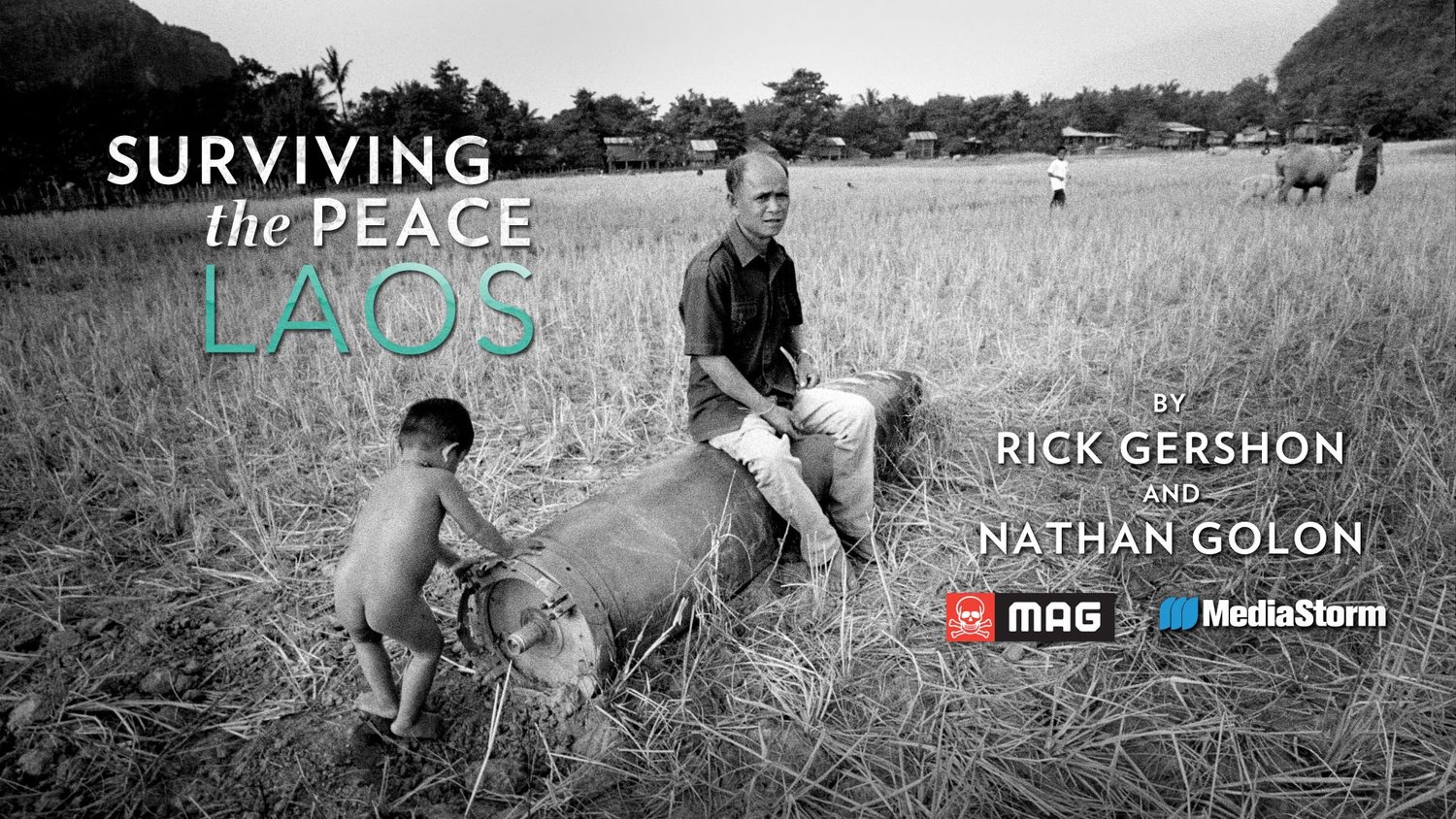
Surviving the Peace: Laos takes an intimate look at the impact of unexploded bombs left over from the Vietnam war in Laos and profiles the dangerous, yet life saving work, that MAG has undertaken in the country.

A family is determined to give their disabled son a whole and vital life. In the midst of a great burden, one small child – with a seemingly endless supply of love – is the blessing that holds a family together.
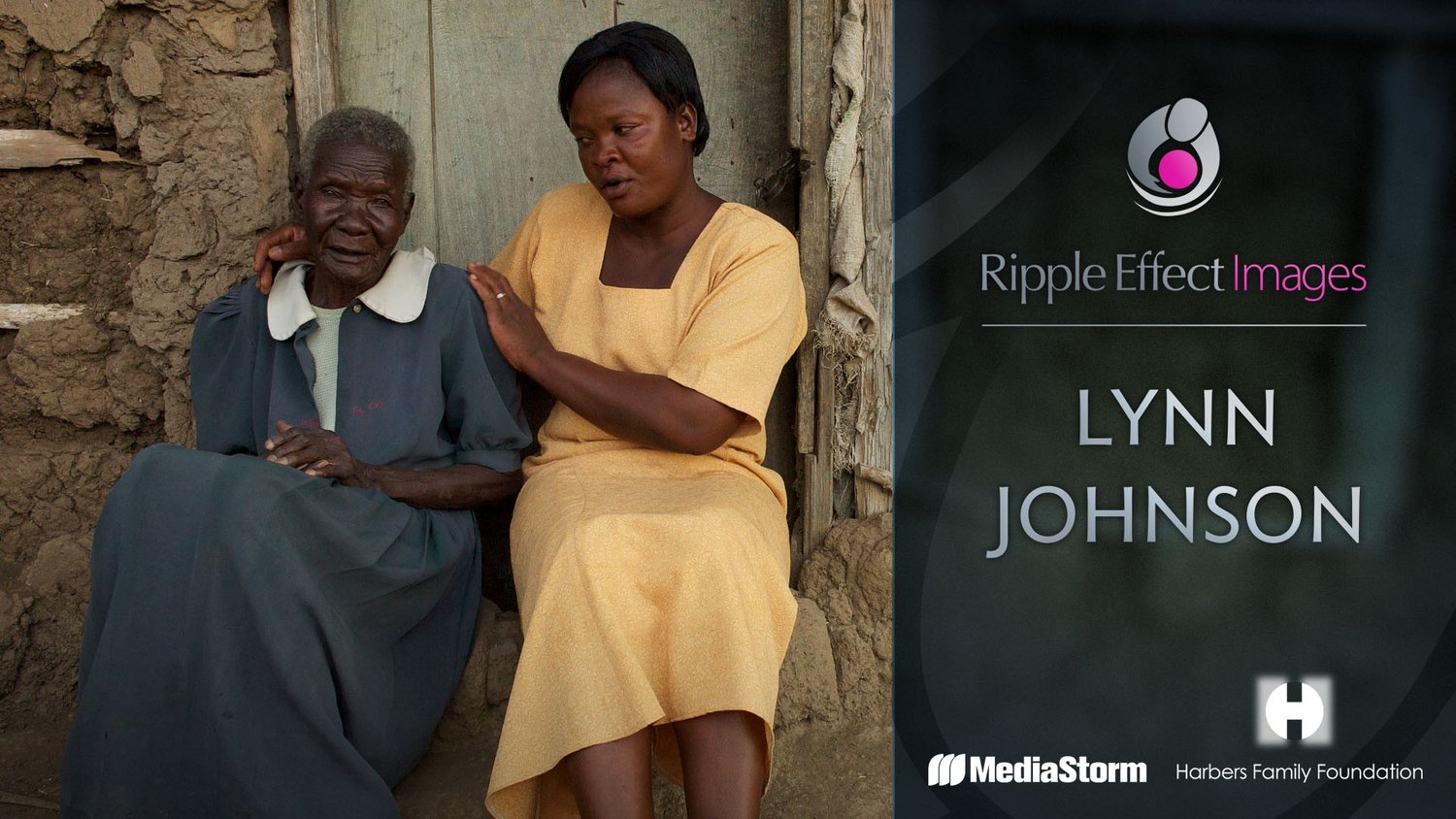
Inspired by the photographs of the Farm Security Administration growing up, Lynn Johnson has spent nearly 35 years as a photojournalist working for LIFE, National Geographic, Sports Illustrated and various foundations.
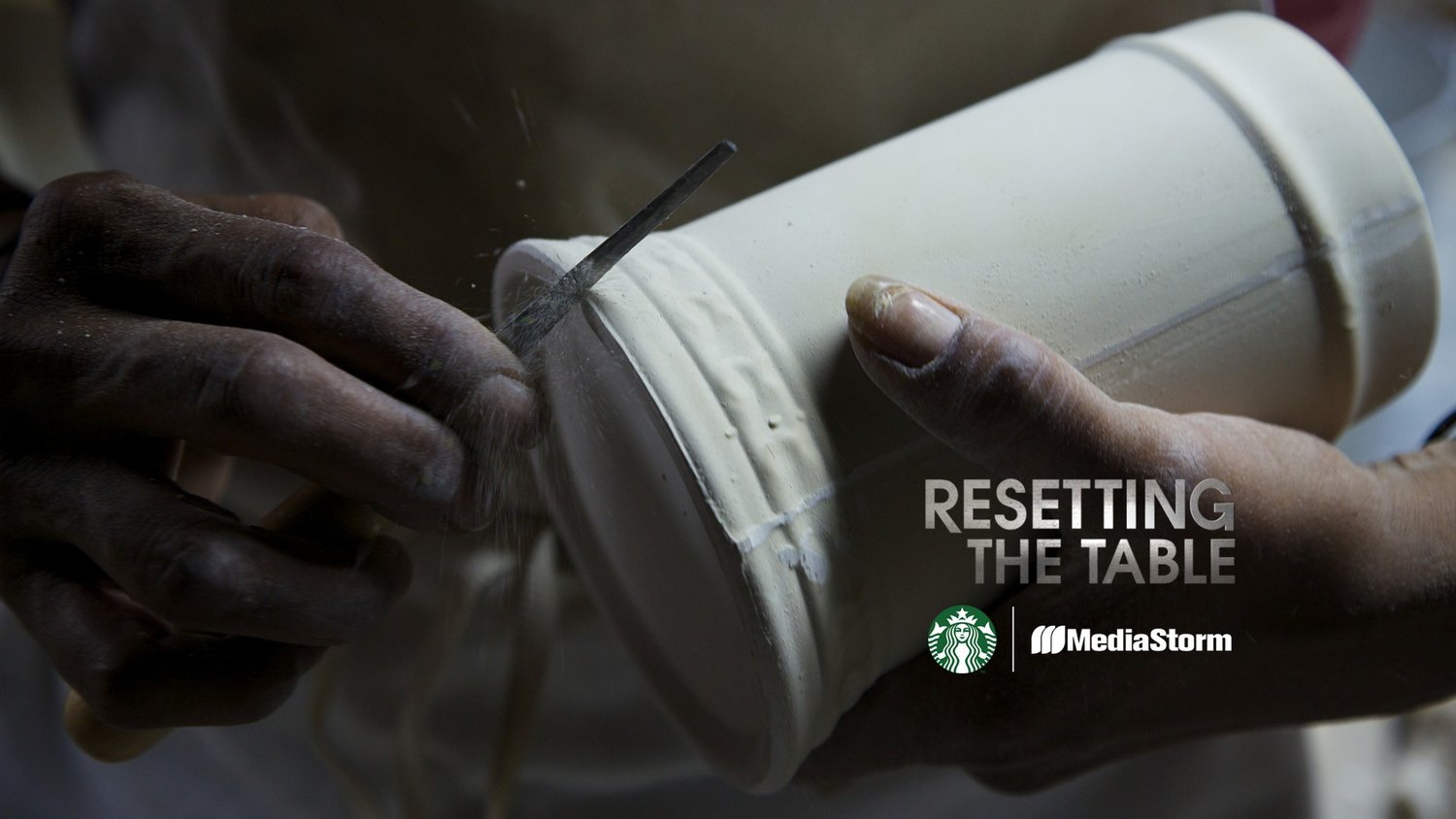
Resetting the Table takes a unique, personal look at the impact Starbucks’ Create Jobs for USA program has had on the American Mug & Stein pottery facility in East Liverpool, Ohio.
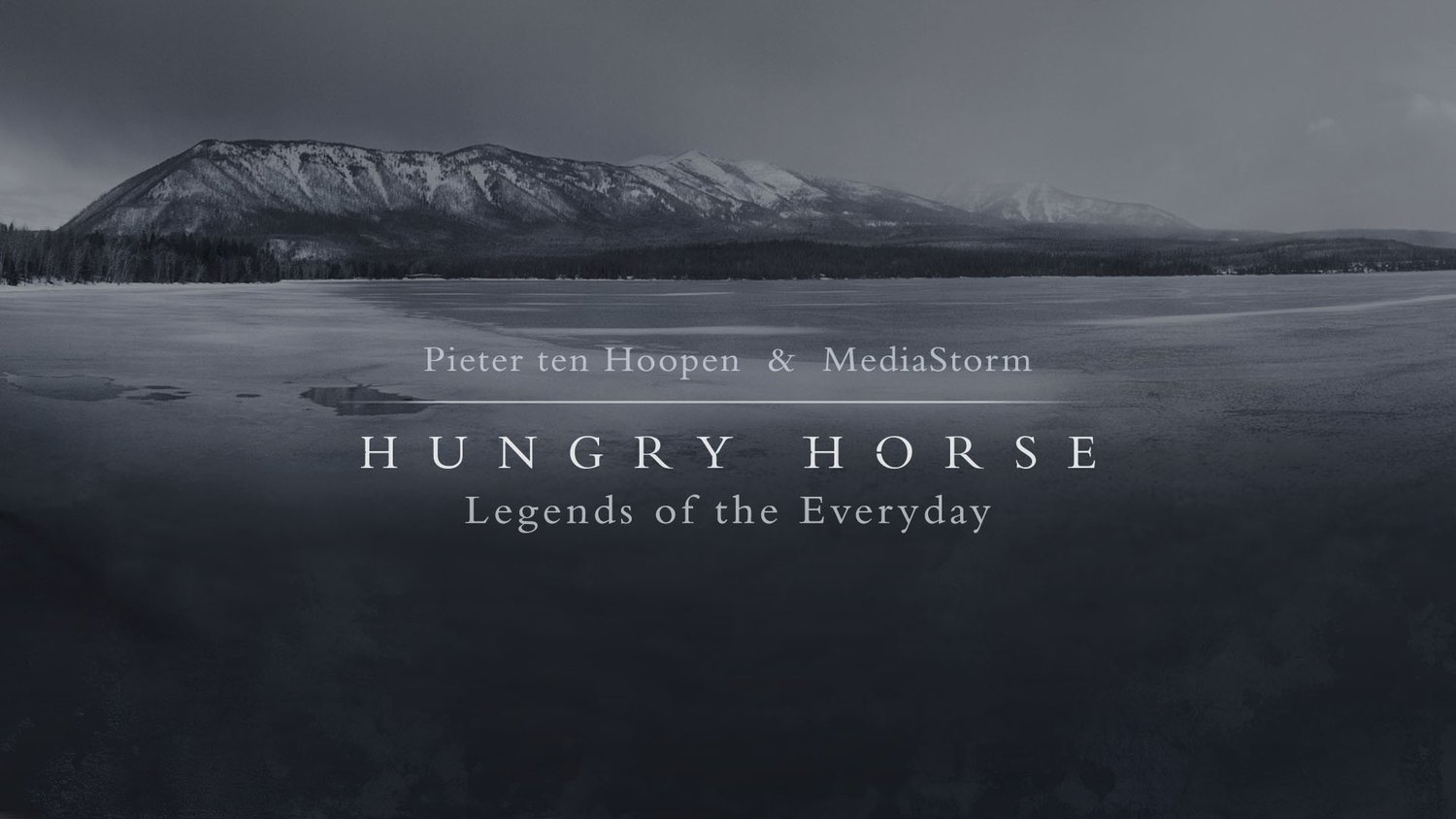
Hungry Horse captures the spirit of renewal, peace and serenity through stunning landscapes and intimate oral histories.

Using humor and a love of fantasy, "The Amazing Amy" Harlib connects with audiences through performing strenuous yoga-based contortion acts in New York City.

In many countries, girls as young as eight are forced into marriage by their families, culture and economic situation. This practice destroys their chance at education leading to tragic results.
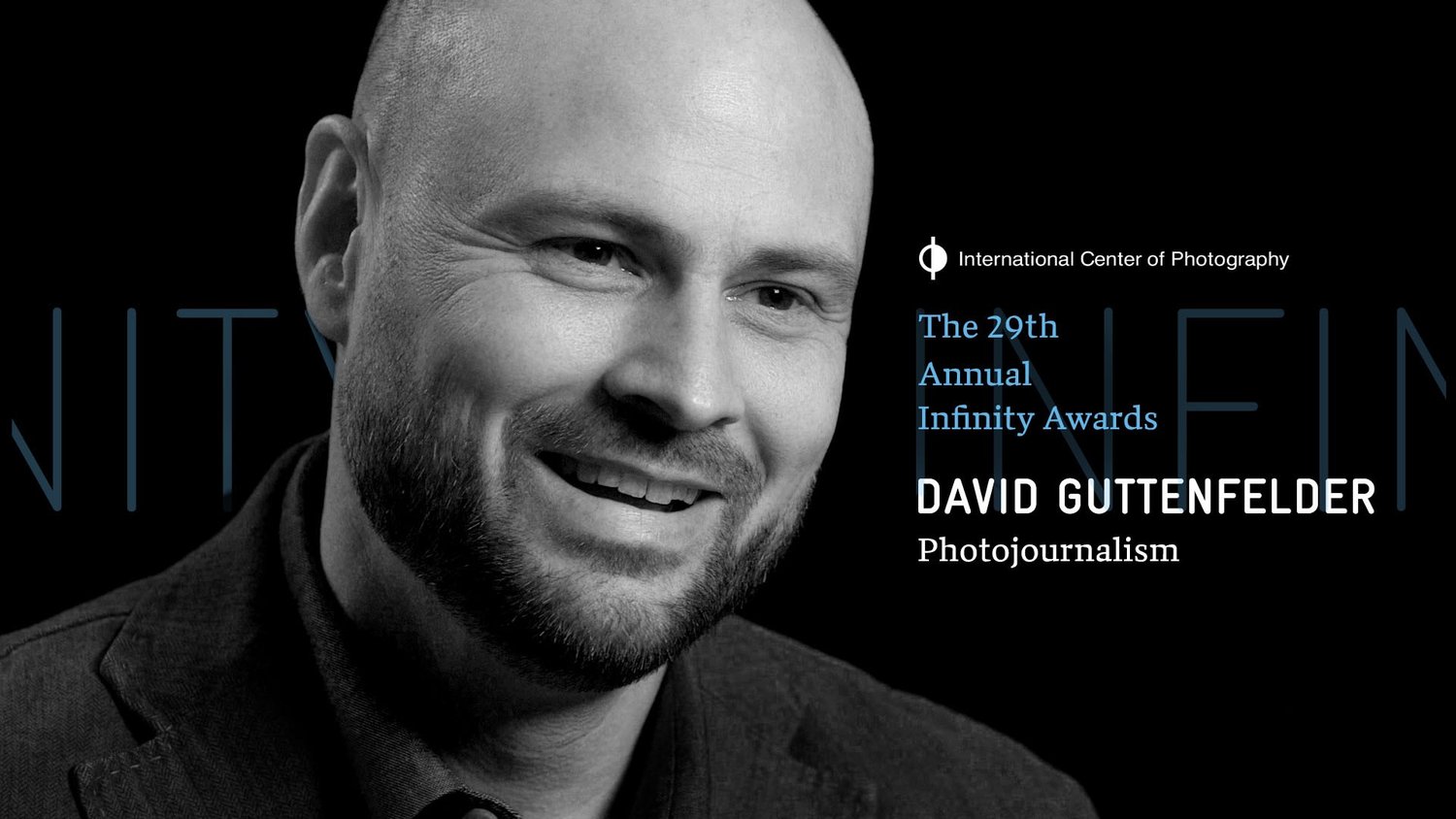
Surreal and mysterious, North Korea was a black hole to outsiders wanting a glimpse of the country. That all changed in 2012, when AP photographer David Guttenfelder led the opening of the bureau's newest office inside the North Korea.

Virginia Gandee's brilliant red hair and dozen tattoos belie the reality of this 22-year-old's life. Inside her family's Staten Island trailer her caregiving goes far beyond the love she has for her daughter.
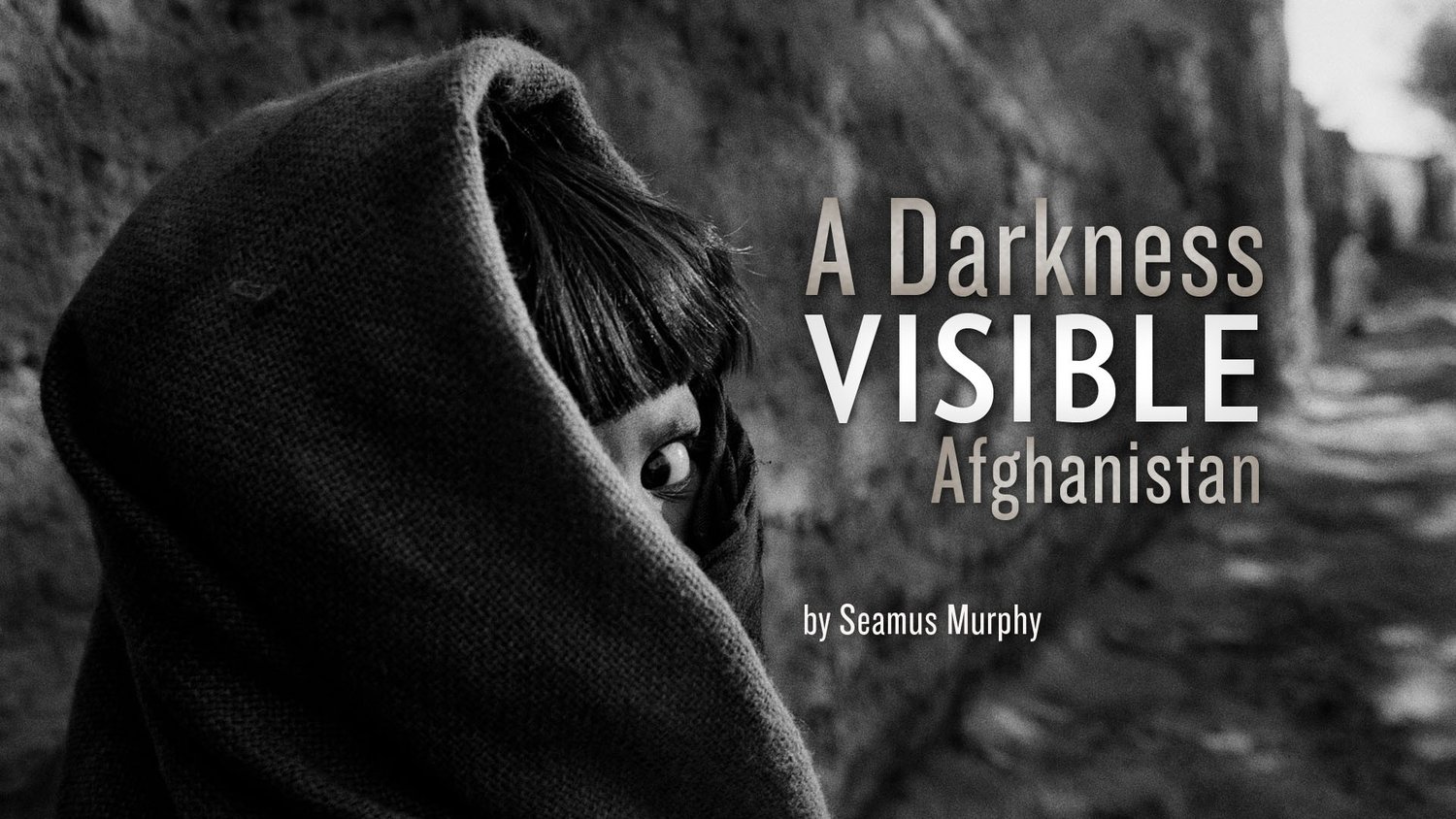
Based on 14 trips to Afghanistan between 1994 and 2010, A Darkness Visible: Afghanistan is the work of photojournalist Seamus Murphy. His work chronicles a people caught time and again in political turmoil, struggling to find their way.
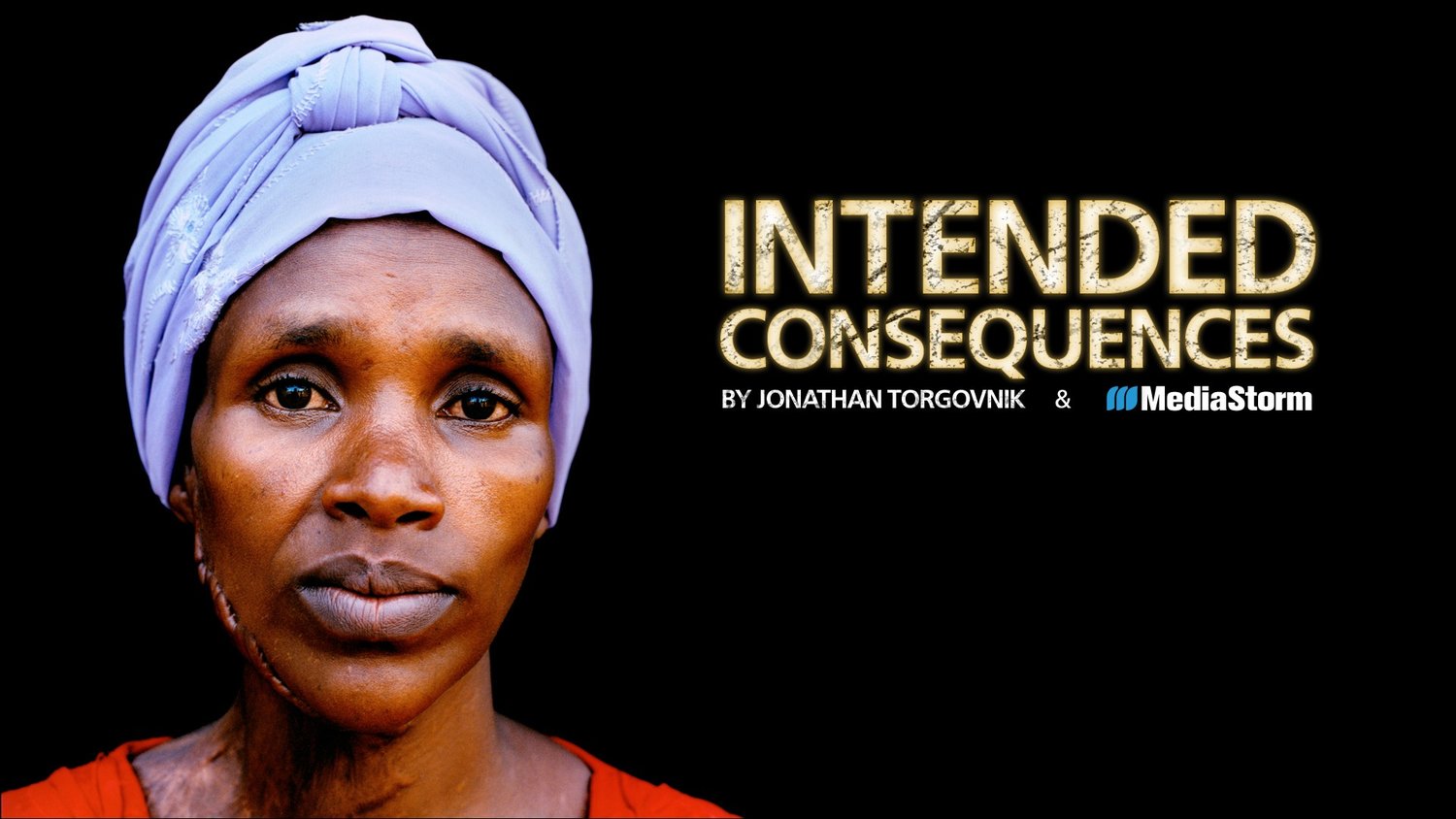
In Rwanda, in 1994, Hutu militia committed a bloody genocide, murdering one million Tutsis. Many of the Tutsi women were spared, only to be held captive and repeatedly raped. Many became pregnant. Intended Consequences tells their stories.

To those who serve in the armed forces, what is the aftereffect of war? The Marlboro Marine is photographer Luis Sinco's portrait of Marine Corporal James Blake Miller, whom he met in Iraq. For Miller, coming home has been its own battle.
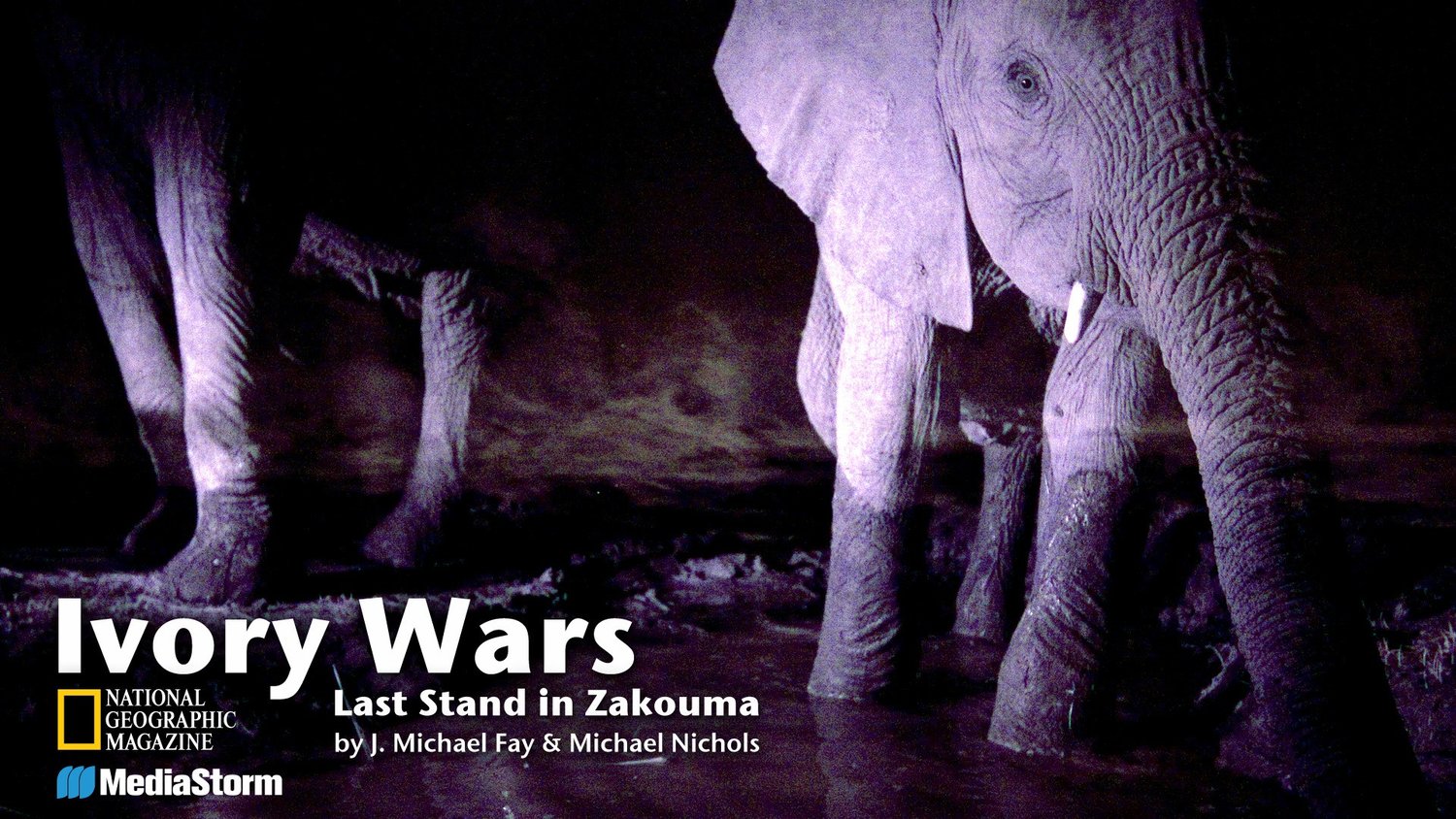
Zakouma National Park is one of the last places on earth where elephants still roam by the thousands. In a land where poachers will slaughter the huge animals for their tusks alone, it takes armed guards to keep them safe.
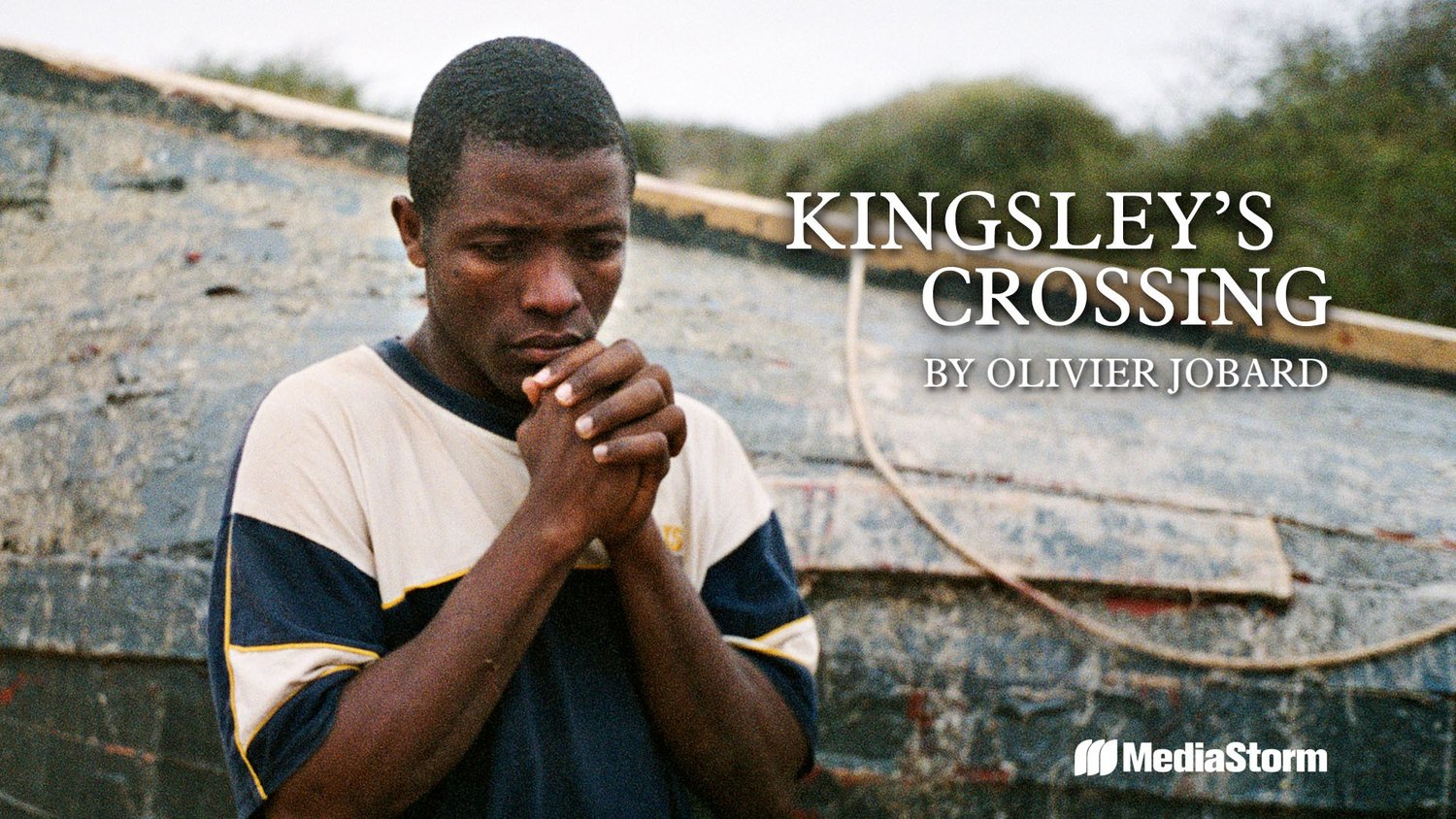
Kingsley's Crossing is the story of one man's dream to leave the poverty of life in Africa for the promised land of Europe. We walk in his shoes, as photojournalist Olivier Jobard accompanies Kingsley on his uncertain and perilous journey.
Collaborate With Us
The MediaStorm Platform is an advanced video platform that extends the user experience beyond linear video to include the interactive capabilities of the Internet.
The MediaStorm Platform is an advanced video platform that extends the user experience beyond linear video to include the interactive capabilities of the Internet.
Follow MediaStorm
Copyright 2025 MediaStorm, LLC | Terms & Conditions | Privacy | Contact
